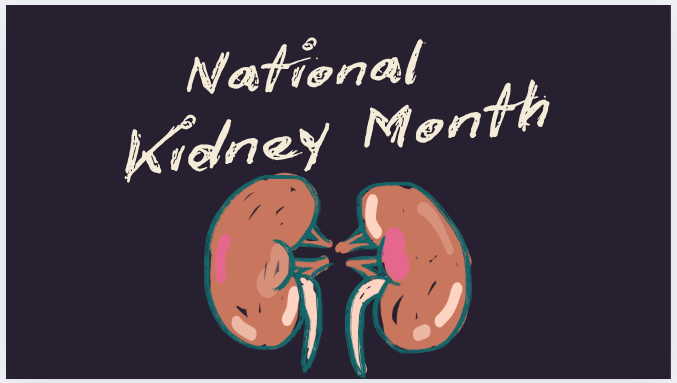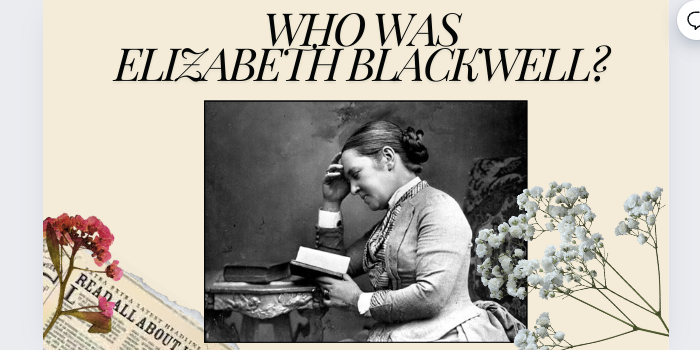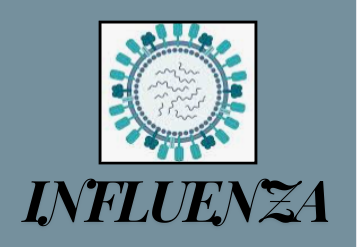Being a child of immigrants puts you in a very unique position. You learn how to navigate two cultures. In a way, you become a sort of bridge. Sometimes it can make you feel as if you’re not from there, or here. At the same time, that position makes you very powerful too, as you are able to connect and navigate between two different worlds. It’s something to be proud and grateful for because it gives you a much different understanding of the world.
What’s Hispanic Heritage Month?
It’s a month to celebrate the heritage, contributions, and achievements of American Citizens whose ancestors came from Spain, Mexico, the Caribbean, Central and South America. Of course you can do that throughout the year, but this month specifically highlights that. Hispanic Heritage Month starts September 15th and ends on October 15th.
Why does it start and end on those dates?
September 15th celebrates independence day for a lot of countries like Guatemala, Costa Rica, El Salvador, Honduras, and Nicaragua. Mexico’s independence day is on September 16th; Chile’s independence day is on September 18th. Therefore, September 15th has very important historical significance. Also, Columbus Day or Dia de la Raza, which is October 12th, falls within this 30 day period.
Latino/Latina, Hispanic, Latinx, Latine, which one’s the right way?
Language is constantly evolving and words that exist today, didn’t exist 20 years ago. Hispanic was a term that was created by the United States Government, which became popular around the 80’s. This was also around the same time that Hispanic Heritage Month was created in 1988. The term Hispanic has specific connections to Spain, and being called a descendant from Spain. We know that Latin America was colonized primarily by the Spaniards. Some people chose to reject the term Hispanic because it was given by the government and because of its direct ties to Spain and colonization. Latino/Latina came around in the 90’s. Latino/Latina excludes Spain, while including countries that don’t necessarily speak Spanish like Brazil and the Caribbean. Many people started using either Hispanic and Latino/Latina, interchangeably.
The language of Spanish has always been a gendered language where a lot of objects and language trends tend to be either feminine or masculine. Eventually the term Latinx came about to be inclusive of all people. However, because “x” is not normally at the end of words in the
Spanish language, Latine was adapted. Now, the term Latine is inclusive and it also flows better in Spanish because of the rules of language.
How does any of this information affect me?
The United States Hispanic population reached 62.2 million in 2020 which accounts for 19% of all Americans. In the past decade according to the US Census Bureau, Hispanics have been one of the fastest growing groups in the US. Making our community grow too! By 2017 in 18 states of the US, 20% or more of kindergartners were Hispanic. Thanks to Cultural Liaison at Morris Area, Autumn Macias, I was able to get the following information: currently at Morris Area Schools, 209 out of 1074 students are Latino/Hispanic. This accounts for 19.41% of students at Morris Area!
And last but not least, this month is all about recognizing Latine people, one of which is Salvadorian Astronaut, Frank Rubio. He is the first Salvadoran American in space! He was one of the few selected from 18,300 applicants who get to be in space for 6 months! On top of being an astronaut he is also a Physician. Here’s a quote from the New York Times, “I’m a kid from a single mom, a teenage mom from El Salvador who worked in all sorts of low-income jobs.” Next time you look up at the sky, remember, no dreams are impossible.












